GUEST BLOGGER CARRIE FINISON
Sequencing – the ability to summarize or tell the events of a text in the correct order – is an important skill for students to learn and practice in elementary school. Whether summarizing the events of a story they read, or practicing informational, how-to, or instructional writing, being able to correctly sequence events is vital.
First, the research
When I was researching for my picture book, Pigs Dig a Road, I realized that I’d need to learn and understand the basic sequence of steps involved in building a road. What I, as a non-engineer, thought of as “road construction” – the laying down of asphalt – is really one of the last steps of a road project. In fact, many civil engineering projects – constructing a house, digging a tunnel, building a bridge – have basic steps that must occur in a certain order.
It was lucky for me that kids are fascinated by road building. The trucks are exciting, and most of us are able see road construction happening around us on a regular basis. So I was able to find lots of nonfiction books and YouTube videos that summarized the process in a kid-friendly way. Even though my story is fictional and full of silly mishaps, I wanted the actual road-building steps and machinery to be accurate.
Sequencing together
- Read Pigs Dig a Road with students.
- Draw 6 empty squares on the board or a large paper pad.
- Open the book again and review the events on each spread. In the story, are three main types of events:
- Events that relate to building a road
- The pigs make a mistake
- Rosie cleans up the mistake
With younger students, you might sequence only the events that relate to building a road. With older students, you could work to sequence all the events of the story. In that case, you may want to color-code the boxes to show the three types of events in different colors.
If you are simply sequencing the road-building events, your six boxes may summarize the project as depicted in the story like this:
- Rosie makes plans for the project
- The pigs measure and mark on the ground where the road will be
- Theyclear rocks and dirt along the roadbed
- They level, grade, and compact the roadbed
- They pave the road with asphalt and roll it smooth
- They paint the lines
Writing a story from the sequence
- Introduce students to transitional words and phrases like the ones below.
Transitional words and phrases
| First To begin To start The first step is | Then Next Second (Third, Fourth) After that The next step is At the same time Meanwhile | Last Finally The final step is |
- Have students write (or write and draw) their own story showing the sequence of steps in road construction.

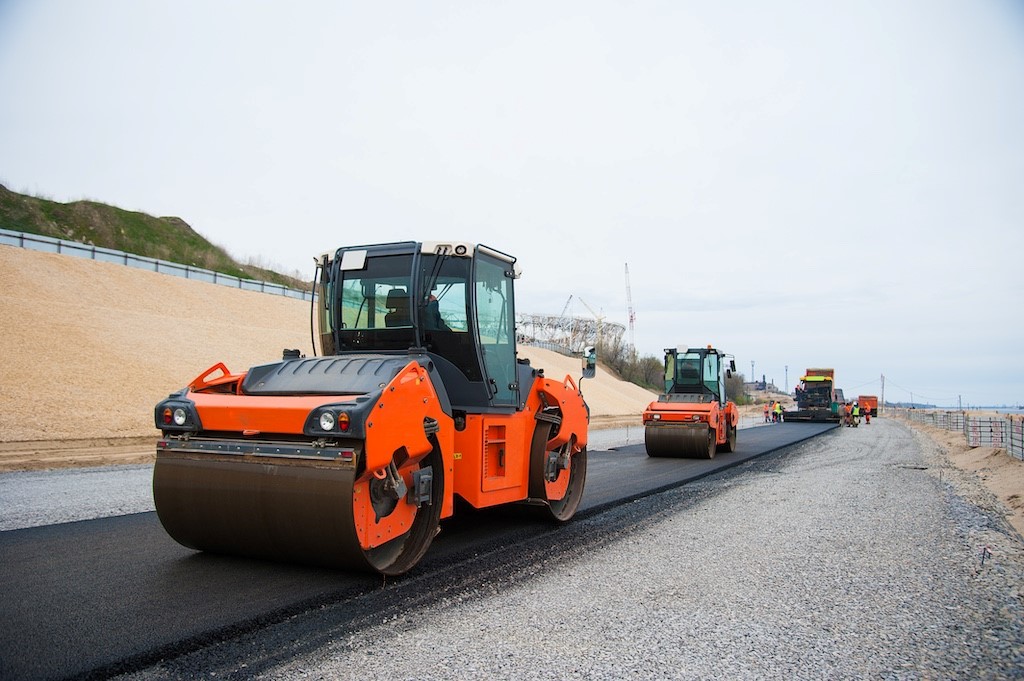
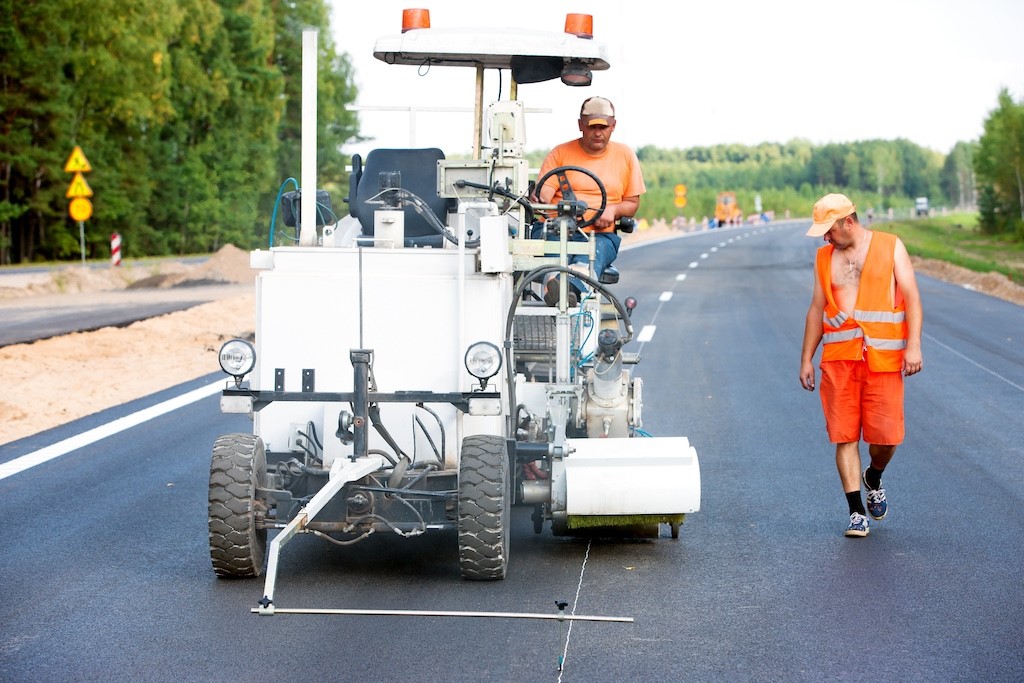
Sequencing separately
In Pigs Dig a Road, some of the steps of road building were condensed in order to fit the format of a fictional story. Now that students know a little about road building, they may like to read a nonfiction book or watch a video about it. Some options are listed below. (Preview the books and videos to make sure they are age-appropriate for your students.)
Nonfiction books about road building:
- Building Roads by Rebecca Stefoff. Cavendish Square, 2016.
- Building a Road by JoAnn Early Macken. Capstone, 2008.
- Road Makers and Breakers by Bobbie Kalman. Crabtree Publishing Company, 2012.
- Tonka: Building the New Road by Justine Korman. Scholastic, 1998.
- Building a Road by Henry Pluckrose. Franklin Watts, 1998.
- Roadwork by Sally Sutton. Candlewick, 2008.
Videos about road building:
- Building a Road from the Ground Up
- How Modern Roads Are Built: Highway Construction Process
- How Are Roads Built?
- Fred Levine’s Road Construction Ahead
Have students create their own road-building sequence from the nonfiction material. Were there any steps that were different from what they read in Pigs Dig a Road? If they choose, they can add these details to their stories.
Bonus: Adding detail
Now that students have the basic framework of a story, they can add as much detail as they want. Some ideas:
- Add a sentence to each step describing the trucks that are used.
- Add some sound effects. What would you hear while each of these steps is being completed?
- Add some humorous details. What are some funny mishaps that could occur during this project?
Featured image credit: “Construction sign at the west bound passing lane site near Jaffray on Highway 3” by TranBC is licensed under CC BY-NC-ND 2.0.
Carrie Finison writes children’s books with humor and heart, including Dozens of Doughnuts; Lulu & Zoey: A Sister Story; Hurry, Little Tortoise, Time for School; and Don’t Hug Doug, which was named an ALA Notable Children’s Book in 2022. Her newest book is Pigs Dig a Road, a humorous story about road construction and teamwork. She lives in the Boston area. Visit her online at www.carriefinison.com , or follow her on social media @CarrieFinison.


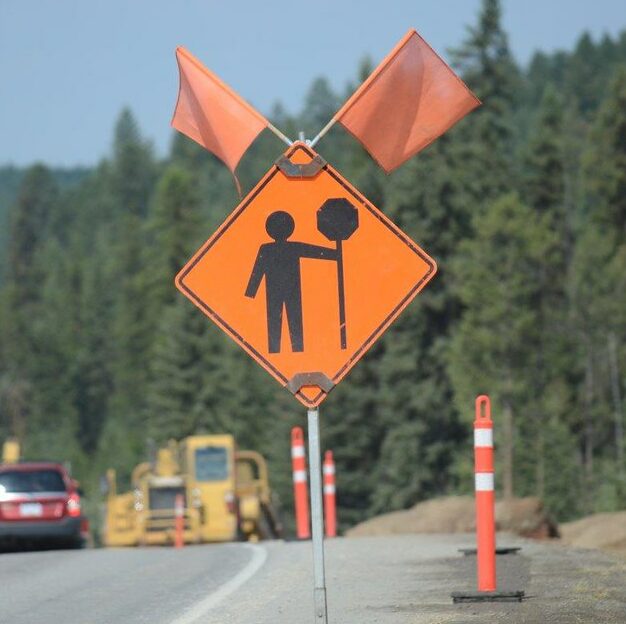
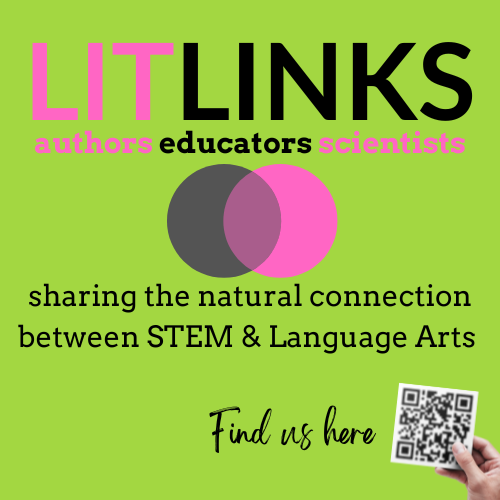
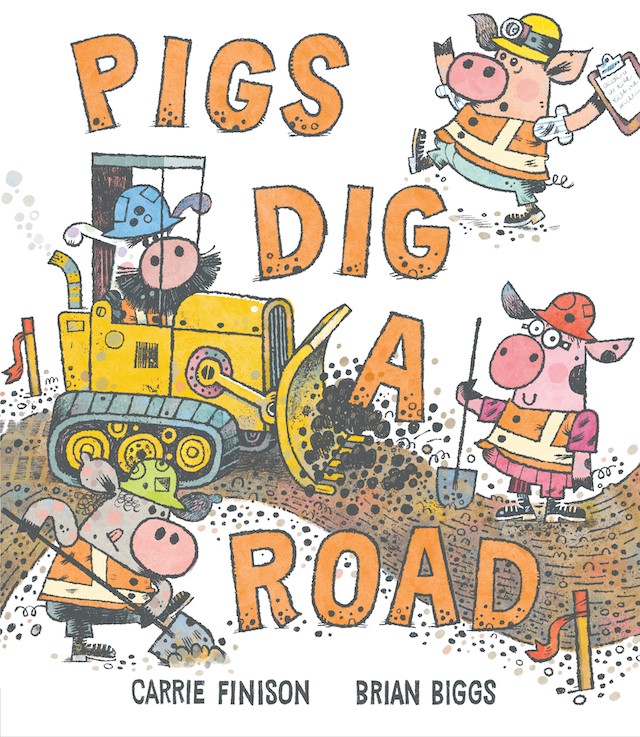







Leave a Reply
Your email is safe with me.